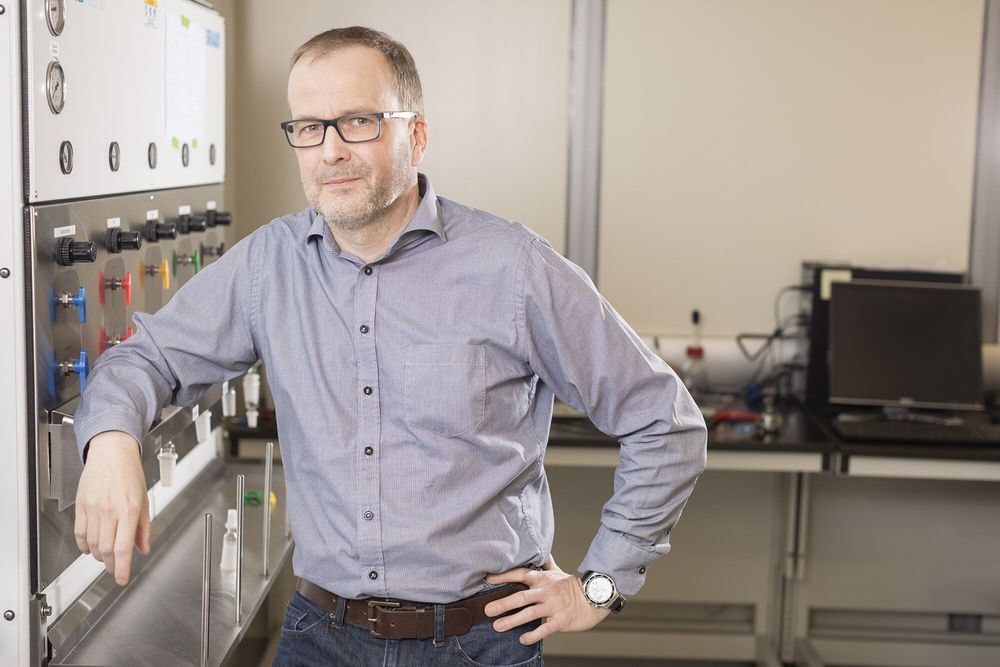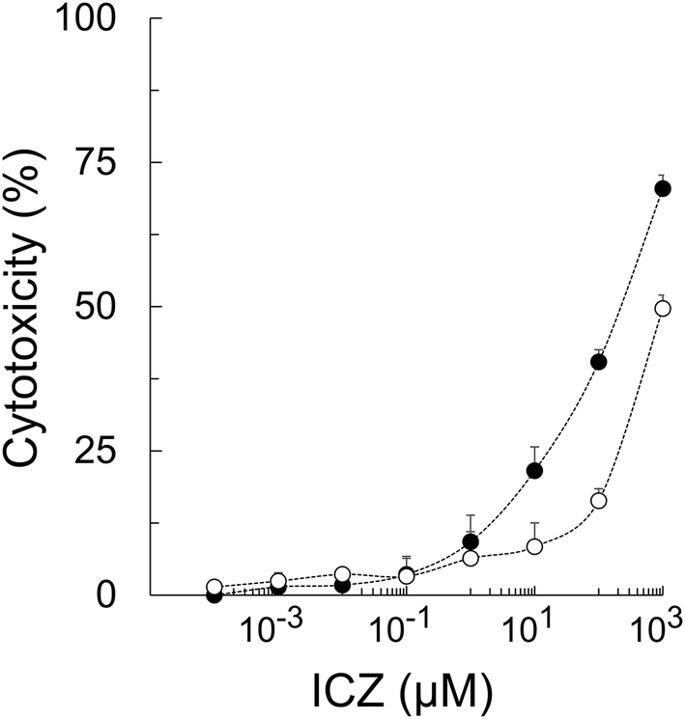The National Institutes of Health is testing the antiviral drug remdesivir, which is also being studied in patients in China. Running trials during epidemics is tricky, but scientists learned a lot about how to conduct them during recent Ebola outbreaks.
Get the latest international news and world events from around the world.

Researchers one step closer to creating organic batteries
York University researchers have discovered a way to make Lithium-powered batteries more environmentally friendly while retaining performance, stability and storage capacity.
Lithium-ion batteries use toxic, heavy metals which can impact the environment when they are extracted from the ground and are difficult to dispose of safely. Cobalt is one of those heavy metals, used in battery electrodes. Part of the problem is that lithium and cobalt are not abundantly available, and supplies are dwindling.
Using organic materials are the way forward and that has scientists like Professor Thomas Baumgartner of the Faculty of Science and his team busy developing and testing new molecules to find the right ones to replace the rare metals currently in use.


Antiviral activity of itraconazole against type I feline coronavirus infection
Feline coronaviruses (FCoVs) are the causative agents of severe systemic disease (feline infectious peritonitis: FIP) in domestic and wild cats. FCoVs have been classified into serotypes I and II. Type I FCoV is the dominant serotype (approximately 70–90%) worldwide. Therefore, it is necessary to provide antiviral agents for type I FCoV infection. In this study, we demonstrated that itraconazole (ICZ), practically used for fungal infections in cats, inhibits the type I FCoV infection. ICZ also exhibited antiviral effect in cells after viral infection, suggesting that ICZ could potentially be used as a therapeutic.


Crystal creates a supercontinuum breakthrough
Researchers have generated a wide range of colors from a single laser after discovering a new process for achieving so-called “supercontinuum generation.”
Supercontinuum generation is when intense laser light of one color travels within a material, like glass, and broadens into a spectrum of colors.
The effect lets scientists produce light at colors tailored to particular applications in sectors like bioimaging, optical communications and fundamental studies of materials.

Brain-Computer Interface Technology: Helping Or Hacking?
Brain Computer Interface (BCI)
Brain-computer interface (BCI) is a technology that agree to communicate between a human-brain with an external technology. The term can be referred to an interface that takes signals from the brain to an external piece of hardware that sends signals to the brain. There are different brain-computer interface technologies developed, through different methods and for diversified purposes, including in virtual reality technology.
Benefits of Brain Computer Interface
Despite BCI being in its initial stage of development, it is expected to provide several benefits to its users in various fields. Some of the major benefits of BCI are as follows:
Chip Walter talks “Immortality, Inc.” & the science behind human immortality
Journalist Chip Walter visited our friends at Willoughby-Eastlake Public Library earlier this month to discuss his new book, “Immortality, Inc.” Walter discusses the resources (both the brilliant people and astonishing amount of money) being dedicated to seeing if people do, in fact, have to die.
Robot ‘feels’ pain
In true ‘Blade Runner’ fashion, a child-like robot was taught to wince every time it ‘feels’ pain.
